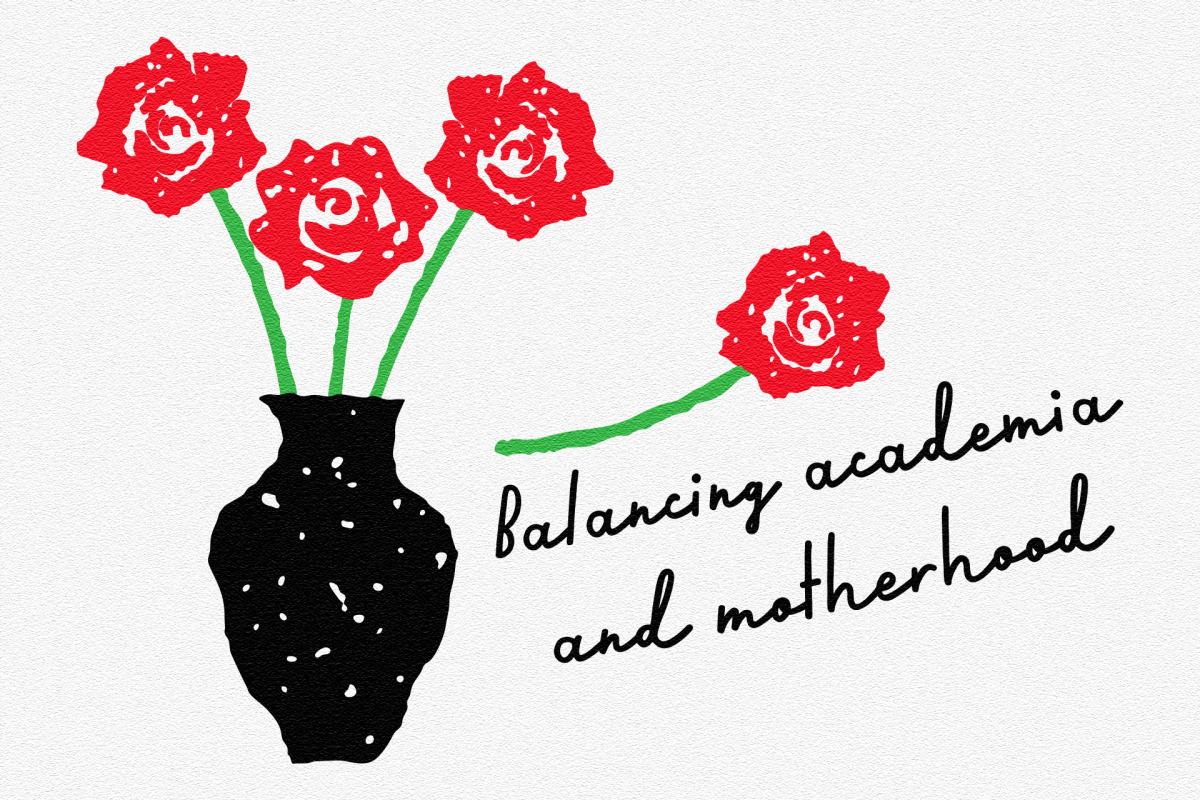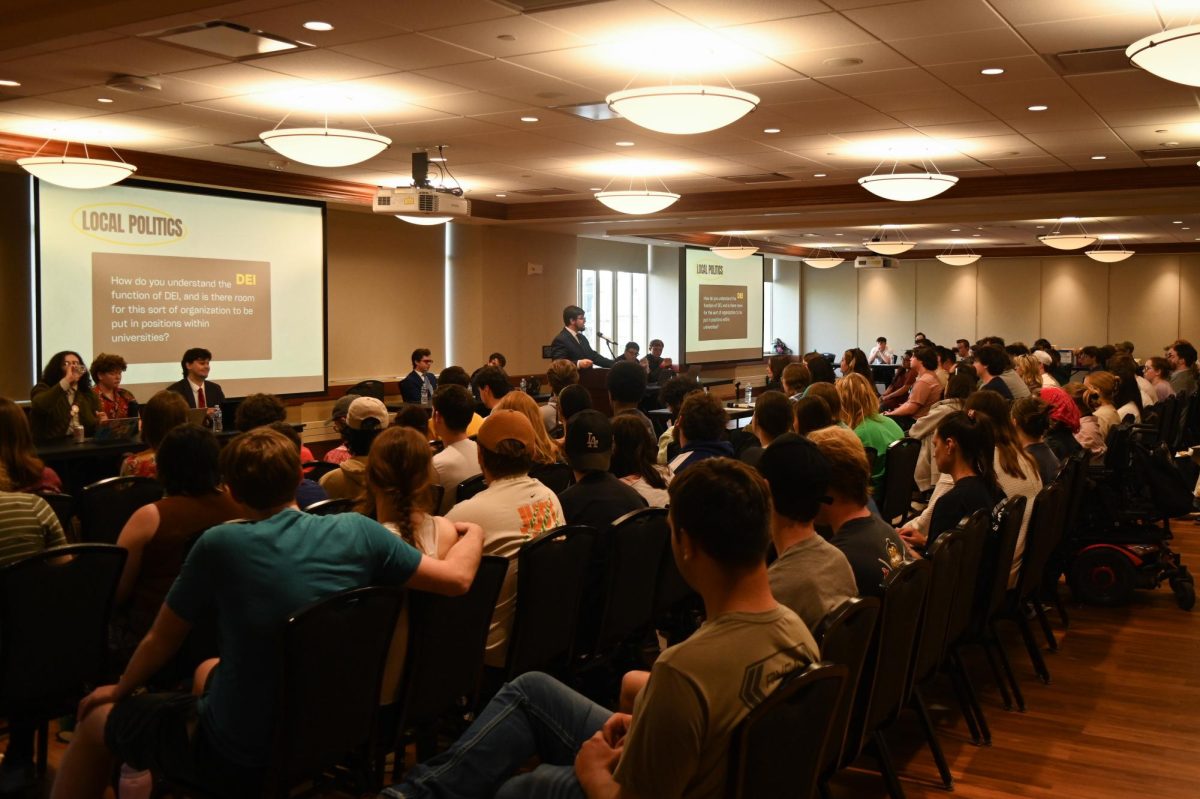The Columbia Police Department and MU Police Department have been working in conjunction with the Homecoming Parade Committee to map out a final route for the annual parade Saturday morning, and the process has been complicated due to construction.
Elle Miller, one of three Homecoming directors, was tasked with leading the parade committee. She said not much will change from last year’s route. The start and end points will remain the same, and the only minor adjustments will be made to the route itself.
“With so many entries and limited road space, they have to work really diligently to utilize the road space in the best way possible,” Miller said. “It takes a lot of brainpower and hard work to figure out the most efficient way to approach that.”
After a Concerned Student 1950 protest halted last year’s Homecoming Parade for 10 minutes at the corner of University Avenue and South Ninth Street, the police departments have taken into consideration any possible protests.
Though MUPD spokesman Brian Weimer declined to share specifics, he said that they have laid out a plan if a similar situation were to arise.
However, he said that the greatest concern was for public safety, considering how many pedestrians will be on the streets. In addition to Columbia residents and MU students and faculty, thousands of people travel to Columbia from out of town to tailgate and watch the Homecoming Parade each year.
More than 130 organizations registered by the Oct. 3 deadline to participate in the parade, which is roughly 30 fewer groups than last year. Miller and Abrea Mizer, a member of the Homecoming Parade Committee, said that they hope this will enable the parade to end sooner.
“We’ve been working really hard to make sure the parade will run smoothly and to make it as quick as possible yet still enjoyable for everyone,” Mizer said.
This year is also the first in which there are levels of involvement for Homecoming, which has allowed the student body to participate to a greater extent. In the past, all campus organizations competed against each other regardless of group size. This year, they will compete against groups of similar size.
“An organization that had, say, 200 members could have been competing with an organization with 10, so we kind of restructured it in a way that had levels of involvement,” MIller said. “That really has allowed for maximum participation and gives everyone a fair shot at winning.”
Despite the incident last year, she and the committee are optimistic to see how the parade will turn out.
“We’re going to trust [the police] to handle the security, and we’re going to handle everything else,” Miller said.
_Edited by Kyra Haas | [email protected]_





